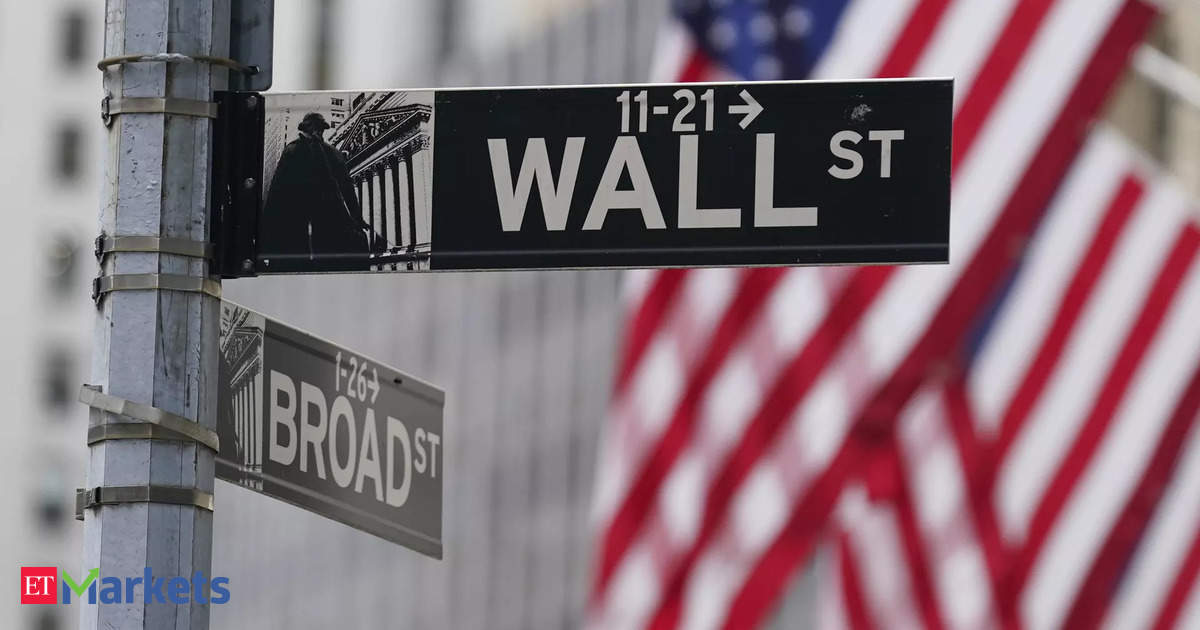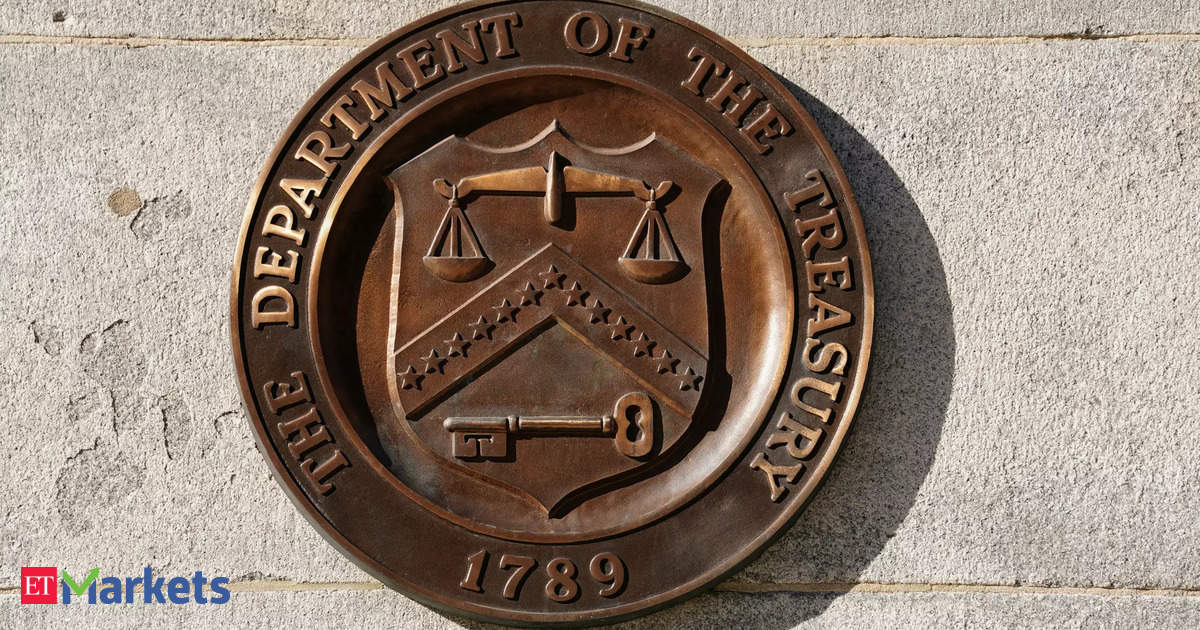The S&P 500 and Nasdaq closed lower on Friday after touching record highs during the session, with chip stocks going into reverse and a mixed labor market report that showed more new jobs than expected with a rising unemployment rate.
Investors are starting to consider the impact of the 2024 U.S. presidential election on markets. The proposals and policies of Joe Biden and Donald Trump are expected to sway asset prices. The divided Congress adds to the uncertainty. Other market drivers include artificial intelligence and Federal Reserve’s monetary policy. The S&P 500 index is performing well. Historical trends suggest that S&P 500 performance ahead of the primary may indicate the election outcome. The market is also monitoring economic data to gauge the Federal Reserve’s actions.
Wall Street’s main stock indexes rallied on Friday as bond yields fell sharply after data showed signs of slowing U.S. jobs growth and an uptick in unemployment, boosting hopes that the Federal Reserve is done with its interest rate hiking campaign. Nonfarm payrolls increased by 150,000 jobs in October, much less than the expected 180,000 increase, partly due to strikes at Detroit’s Big Three automakers. Data for the last month was revised lower to show an increase of 297,000 instead of 336,000. The jobs data also helped push U.S. Treasury yields lower for the fourth consecutive session. The move in yields supported stocks. The Dow Jones Industrial Average rose 222.24 points, or 0.66%, to 34,061.32, the S&P 500 gained 40.56 points, or 0.94%, to 4,358.34 and the Nasdaq Composite added 184.09 points, or 1.38%, to 13,478.28. For the week, the S&P 500 gained 5.9%, for its biggest gain since November 2022 and Nasdaq added 6.6%, also showing its biggest gain since Nov. 2022. The Dow showed a weekly gain of 5.1%, its biggest since late October 2022.










